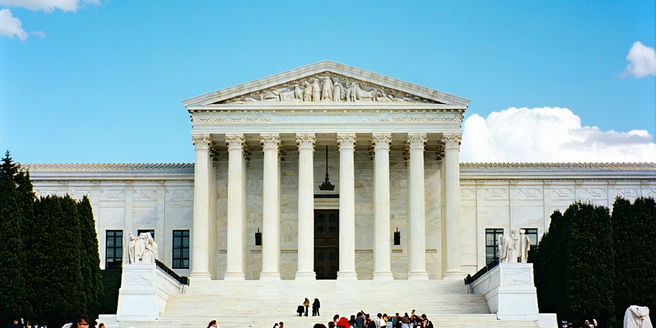
Overview of Legal Frameworks in Various Jurisdictions
Legal frameworks differ significantly across jurisdictions, reflecting each society’s values, history, and government structure. Common law systems, such as those in the UK and US, evolve primarily through judicial decisions, while civil law systems, prevalent in Europe and Asia, are based on comprehensive statutes and codes. These systems are designed to maintain order, protect rights, and uphold justice, yet the mechanisms they employ can vary. For instance, in a civil law jurisdiction, judges play a more investigative role, while in common law systems, they serve more as neutral arbitrators. These fundamental distinctions influence everything from the day-to-day application of laws to the broader implications of judicial decisions, thus playing a crucial role in shaping the social and economic landscape of a region.
Key Components of a Robust Legal Framework
A robust legal framework is built upon several pivotal components. Firstly, clarity and accessibility of laws ensure that citizens and businesses understand their rights and obligations. Secondly, the framework must incorporate mechanisms for enforcement and dispute resolution that are efficient and fair. Thirdly, there should be an independent judiciary to interpret laws impartially. Stability and adaptability are also essential, as a framework must provide consistent rules while allowing for changes in response to evolving societal norms and challenges. Furthermore, the protection of human rights and the rule of law serve as fundamental principles guiding the development and functioning of any legal framework. These components collectively contribute to a system that fosters justice, economic growth, and social harmony.
Challenges in Assessing Legal Frameworks
Assessing legal frameworks encompasses various challenges, largely due to the diversity and complexity of legal systems worldwide. Each legal framework operates under a distinct set of cultural, historical, and socio-economic conditions, making direct comparisons difficult. Additionally, the effectiveness of a legal system is often contingent upon its adaptability to changing external factors, such as economic trends and technological advancements. Furthermore, biases and subjective interpretations can skew assessments, particularly when evaluators possess inherent cultural or ideological perspectives. Another significant challenge is the availability and reliability of data, which can vary widely across jurisdictions. As legal frameworks continue to evolve, these challenges necessitate ongoing study and critical analysis, ensuring that evaluations are comprehensive and grounded in a nuanced understanding of global legal landscapes.
Tools and Methodologies for Legal Framework Assessment
Legal framework assessment employs a range of tools and methodologies to evaluate the effectiveness and efficiency of laws. One common approach is the comparative legal analysis, which examines laws across different jurisdictions to identify best practices and potential areas for improvement. Quantitative tools such as indexes and statistical data provide objective measurements of legal effectiveness, while qualitative assessments, including expert interviews and case studies, offer insights into how laws operate in practice. Additionally, technology-driven methodologies such as data analytics and artificial intelligence are playing an increasingly important role in assessing legal frameworks by analyzing large datasets to uncover patterns and trends. These tools, when combined, provide a comprehensive perspective, facilitating informed decision-making and policy development.
Case Studies: Successful Legal Framework Analyses
Successful legal framework analyses often draw on detailed case studies that exemplify best practices and lessons learned. For instance, the legal reforms in Estonia have been lauded for their innovative integration of technology, resulting in a transparent and efficient e-governance model. Similarly, New Zealand’s legislative approach to environmental protection showcases how legal frameworks can evolve to address pressing issues like climate change. These case studies highlight the importance of adaptability, demonstrating that successful legal frameworks are those that can effectively respond to new challenges while maintaining stability. By examining such instances, policymakers and legal scholars can identify strategies that contribute to the resilience and sustainability of legal systems. Case studies thus serve as valuable resources for understanding and shaping the future of legal frameworks.
